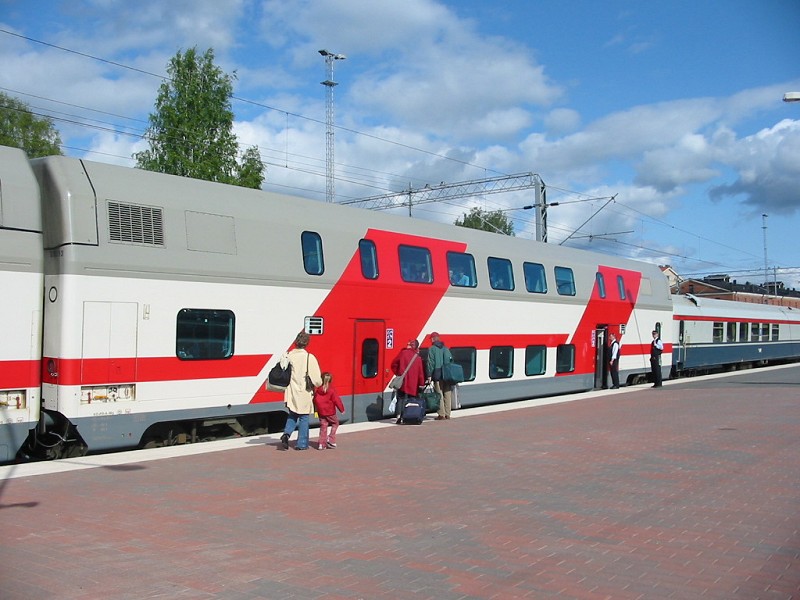I agree with what you are saying in the situation's you cited.
I think a better example of "ADA vanity", was the requirement that every single intercity bus in public service, be equipped with a wheelchair lift, and space for a couple of wheelchairs, instead of the operator providing on demand ADA vehicles, that would even provide door to door service withing a reasonable distance from any bus stop or terminal.
The equipping of intercity coaches with those lifts is very expensive, the lifts themselves are sometimes troublesome, the boarding takes lengthy preparation, moving the seats to make room for wheelchair(s), operating the lift, securing them, etc....and all in front of an 'audience' of other passenger's watching and waiting, so they can board. Besides the expense of the lifts, there is the lost revenue from four to six unusable seats. So busline owner's proposed instead, providing "on demand" door to door mobility service, anytime the ADA passenger desired to go, and at the same fare as the bus would cost. The ADA refused this alternative. It seems they were determined to push their constituents "in the face" of able passenger's, just because they could.
I don't know about anyone else, but if some bus company told me that they could not accommodate me for some reason or other on their buses, but instead offered me door to door taxi service whenever I desired, for just the regular fare, that would be a no-brainer decision... JMHO..






